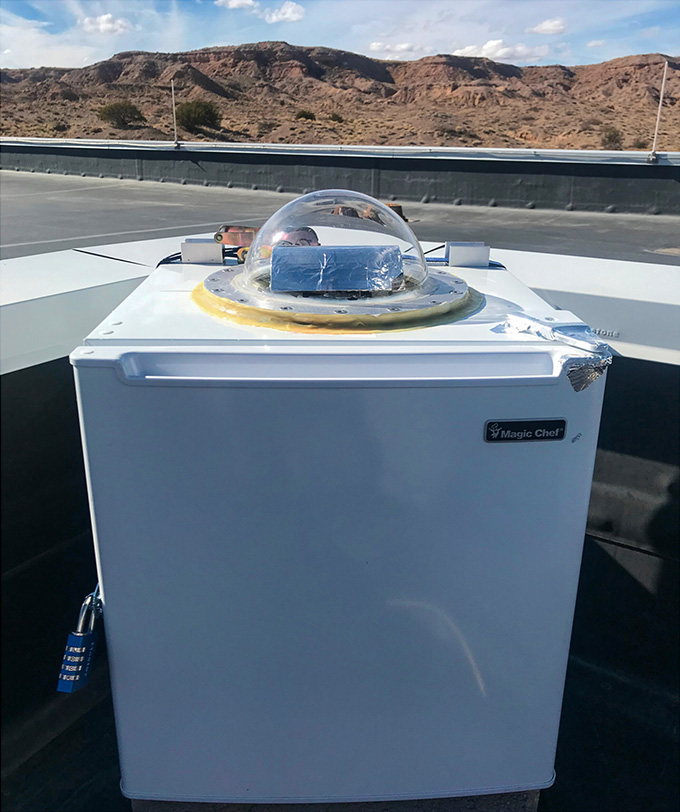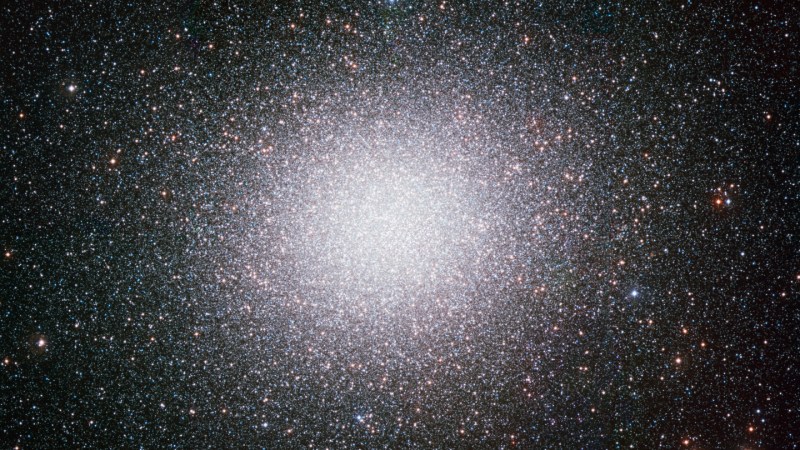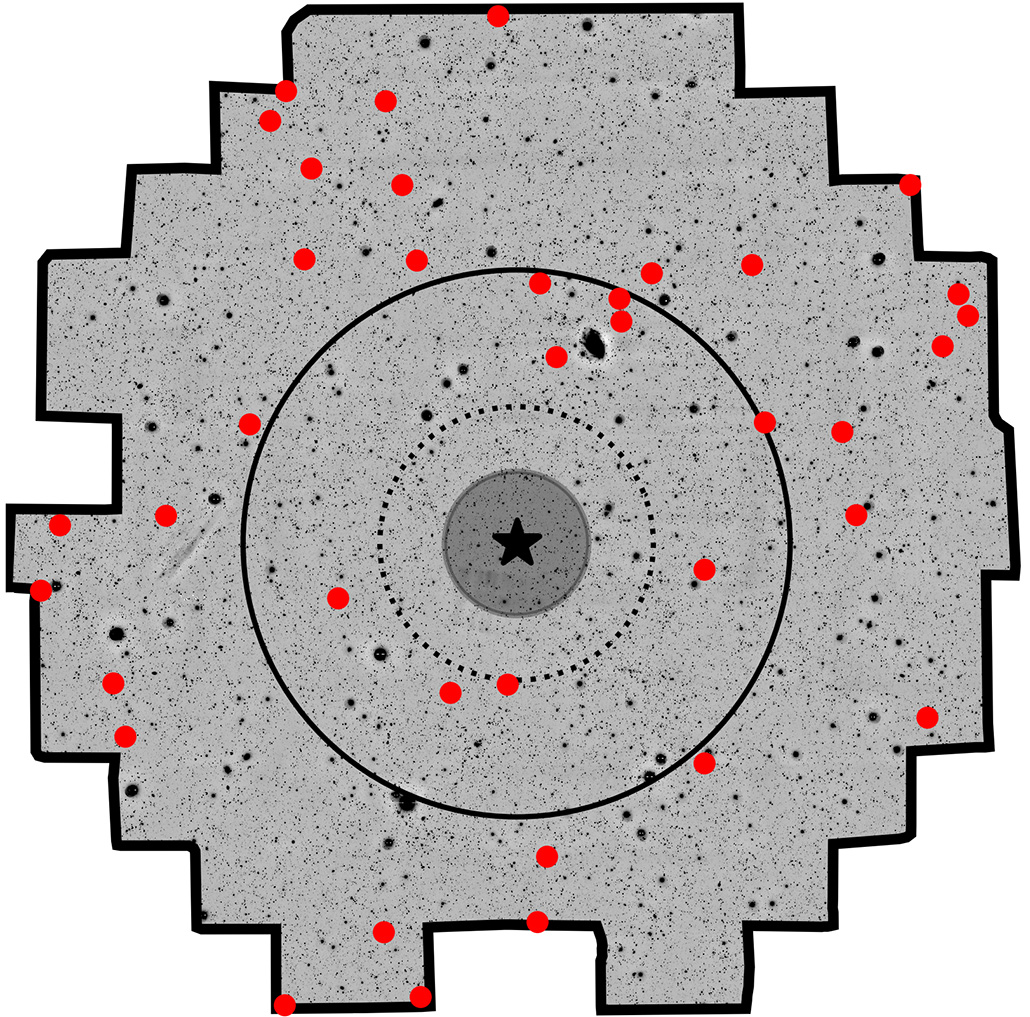To leave a lasting trail, meteors need to aim low. A new survey of shooting stars shows that meteors that blaze through 90 kilometers up in the sky leave a persistent afterglow, unlike those that burn up at greater heights.
Meteors are normally blink-and-you’ll-miss-it events. A particle of space dust leaves a fiery trail of light as it zips through the atmosphere, and then it’s gone. But sometimes, a meteor leaves a lingering afterglow. Astronomers have noted these persistent trains for more than a century, but questions remained about their origins.
Now, the first systematic survey of persistent trains has revealed what kind of meteor is most likely to leave a train behind. Contrary to previous assumptions, the key variable for whether a meteor will leave a persistent train is its height in the atmosphere, not its speed or brightness, astronomers report in the July Journal of Geophysical Research: Space Physics.
Amateur astronomers often record such trails “as a nice movie,” says astrophysicist Gunter Stober of the University of Bern in Switzerland, who was not involved in the new work. “This is really the first more comprehensive, total overview of statistics.”
Persistent trains form when metals that have been burned off the incoming space rock react with oxygen, particularly ozone, in the atmosphere. The chemical reaction emits heat and light, sustaining the train for tens of minutes or even up to an hour. They can writhe and twist like luminous snakes as the wind carries them away.
Studies from the 1940s and 1950s suggested that trains are rare, occurring in 1 out of every 750 meteors, and mostly associated with the brightest meteors. More recent studies focused on the Leonid meteor storm in the early 2000s, which was the most dramatic shower in decades (SN: 12/19/01). Those studies concluded that only the fastest meteors, racing around 70 kilometers per second, leave trains.
But these surveys were either too broad, including one-off views of meteors from observers around the world, or too narrow, focusing on a single spectacular meteor shower.

To create a more uniform catalog, astrophysicist Logan Cordonnier and colleagues set up a camera to stare at the same patch of sky over New Mexico for nearly two years. From October 2021 to July 2023, the instrument recorded every light streak that crossed its field of view. In that time, the team recorded nearly 7,500 meteors, of which about 850 left persistent trains. Not only were trains more common than expected — about 1 in 8 meteors left a train, and 1 in 19 lasted longer than five minutes — but trains were left by meteors of all speeds and brightnesses.
“Some of the previously held ideas were that these persistent trains were only formed by the fast, bright meteors,” says Cordonnier, of the University of New Mexico in Albuquerque. “We found that it doesn’t need to be fast. Most of the persistent trains were formed by slower meteors.”
The real determining factor was the availability of ozone, Cordonnier says. Meteors that penetrated to altitudes of 90 kilometers were far more likely to leave trains than those that were higher. That’s above Earth’s ozone layer, but there is a small concentration of ozone at that altitude, Cordonnier says. While theoretically, meteors passing through the ozone layer could also leave trails, Cordonnier notes that few meteors make it that far without disintegrating.
Future observations of persistent trains could help probe the chemistry of this elusive atmospheric layer. The region “is the spot in your back where you can’t itch,” Cordonnier says. “It’s too high in the atmosphere for weather balloons, and it’s too low for satellites to take direct measurements. It’s a difficult region to probe.” Persistent trains, though, “happen for free, all the time. We just have to look and see them.”
Stober would like to see the data in the new catalog applied to another question: Why do some trains maintain their shapes for so long, while others diffuse quickly? Explaining the chemistry that produces trains in the first place is interesting, “but you need a force to keep the train as a train,” he says.
Atmospheric physicists have suggested that tiny, charged dust grains knocked off of the meteorite could produce an electric field that can keep the train together. More investigations into this catalog and others could help prove this notion right or wrong.
#meteors #leave #trails #lasting #hour
Image Source : www.sciencenews.org



